Brief: Develop the future of mobility of intersections in the year 2030 for the city of San Francisco and design concepts that will convey the idea.
Length: 5 weeks
Team Members: Jennifer Kim, Ola Micek, Henry Bacon
Role: I conducted interviews, synthesized findings, concept ideation, and co-storyboarded.
Learnings: Design Research, Synthesis, Storyboarding, Product Design, Behavioral Design, Film Making, Video Editing, Cinematography, Collaboration.
Tools: Keynote, Photoshop, Illustrator, Premiere Pro
Intersections
Cities are fundamentally about people, where people go and where people meet are at the core of what makes a city work. Even more important than buildings, streets and cars in a city are the public spaces in for people to meet in between them are what makes a city, a city. For this project, we worked closely with Ford and the City of San Francisco to create a vision for the future of mobility for intersections in the year 2030. As a group, we were assigned with the creation of “sticky” multi-touchpoint experiences that capture and share technical, social, and emotional data. By envisioning a human-centered vision for intersections, we aim to create a better place to intersect.
Business Case
The market for mobility services today totals about $5.4 trillion in revenue and will continue to grow significantly in the next 15 years. Ford receives virtually none of the revenue from this market today. This represents an opportunity for business model innovation going forward, as Ford continues to grow its core auto business while building on its strengths to become a serious player in the mobility space.
research
SECONDARY :
In order to understand the problem with intersections, we did some secondary research to have a better understanding in the age of autonomous cars, and road regulations should be adjusted to fit the needs of pedestrians. Cars will be far more predictable, which means the safety of pedestrians should be considered first.
PRIMARY :
Several of the people we interviewed were concerned with safety when they are crossing the street. We decided to focus our project to make it pedestrian-centered.
Key Insights
Intersections are one of the few places in a city where a diverse group of people come together, but there is very few interaction between the pedestrians.
Self driving cars and ride sharing will change the urban landscape in order to create a pedestrian centric city.
2x2 Matrix
We created a matrix to understand where we wanted to focus our concept ideas.
We realized that if we created an intersection between the predictable traffic and the unpredictable people, it opened up a range of interesting possibilities about how people could travel and interact with the environment around them and each other.
"we have been imagining a vast pedestrian-centric city that allows for joyful and engaging experiences for everyone."
Concept development
As a Team, we started to brainstorm and generate many ideas then we started to synthesis on which concepts will be the right choices. We decided to implement our final concepts around Augmented Reality Technology.
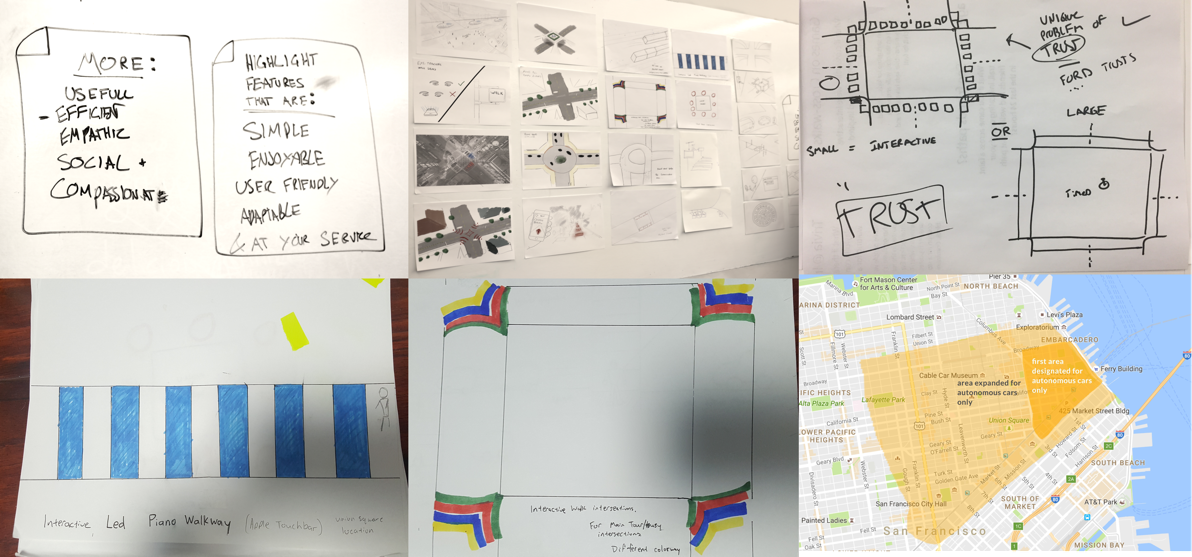
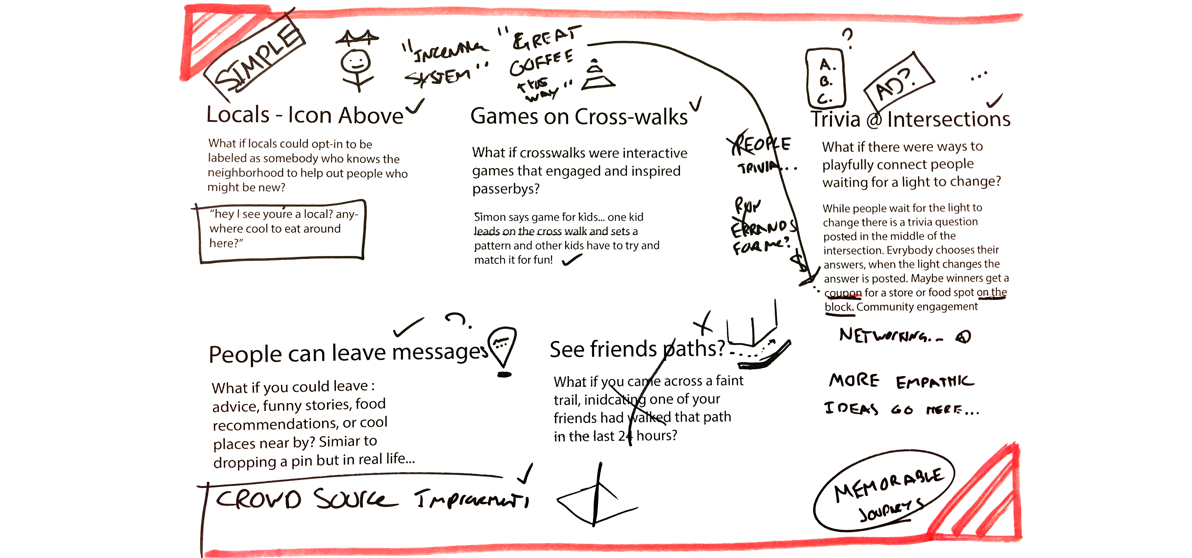
StoryBoarding
SYSTEMS
How Ford benefits from working on intersections with the city of San Francisco.
final concepts
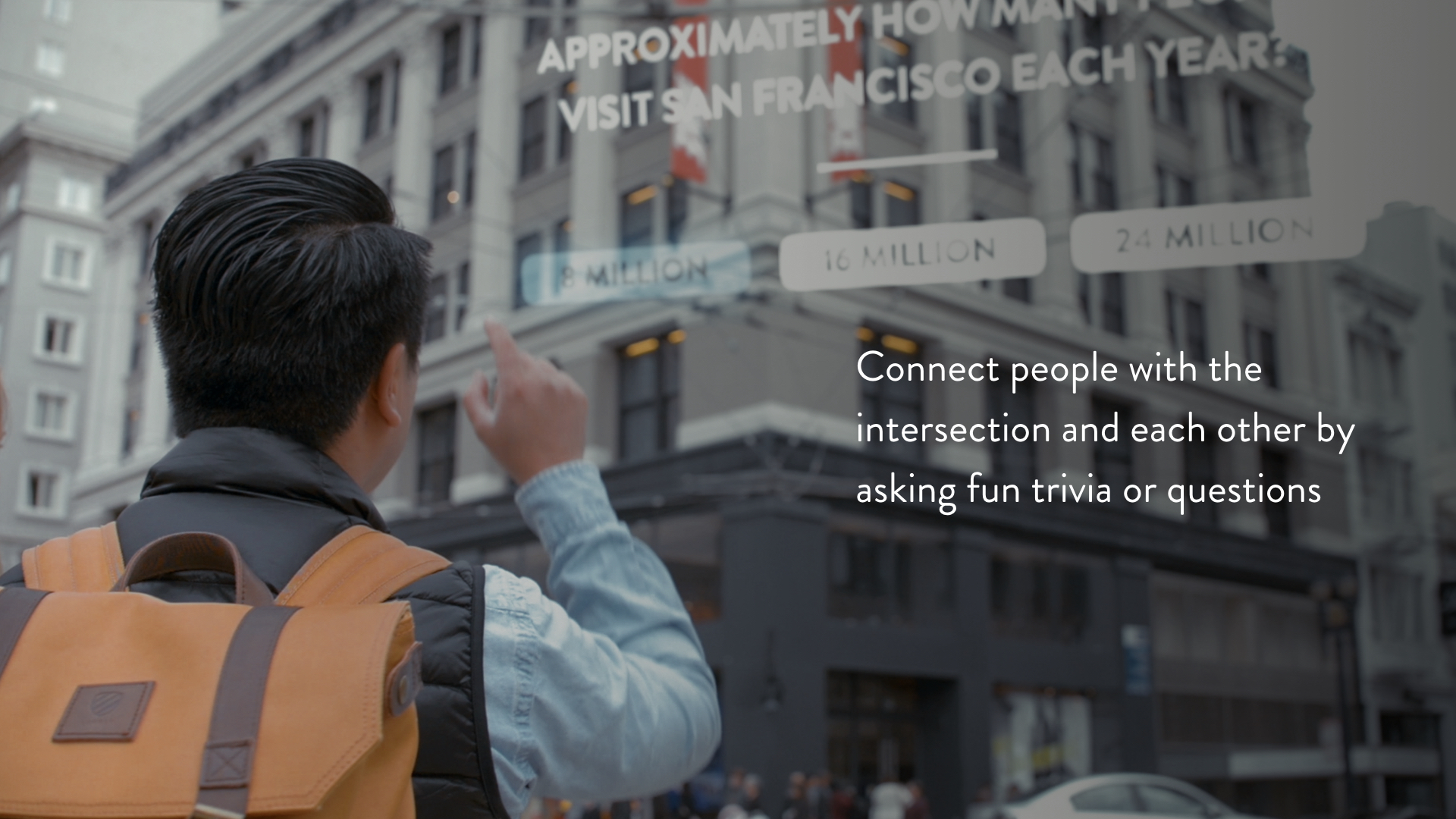

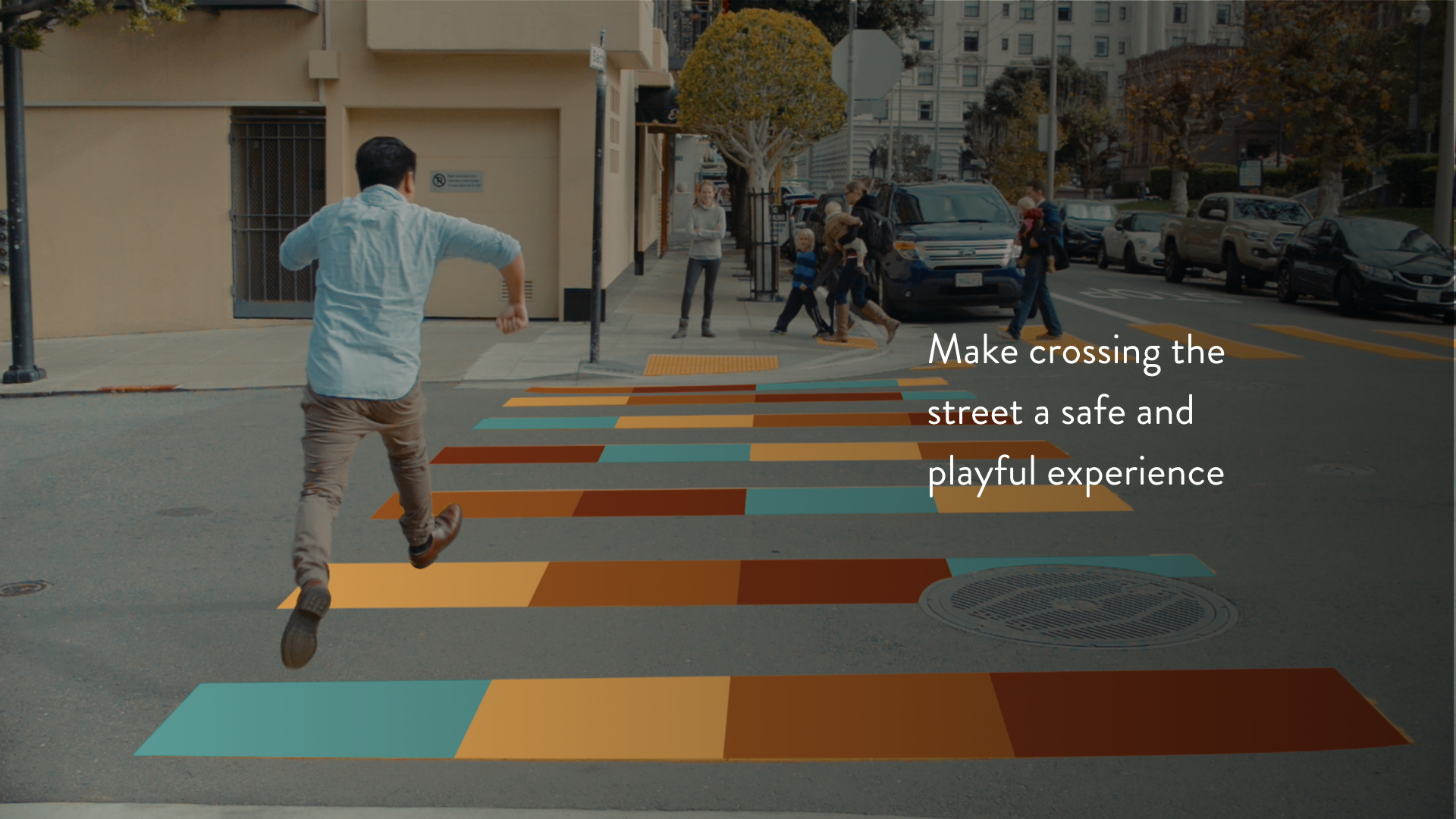

what i learned
I learned how to collaborate in a team with different personalities and skills. It is important to open up and discuss your ideas to the group for better feedback and ideas in order to create a great results. This project was valuable to me to see where I stand as a designer.
